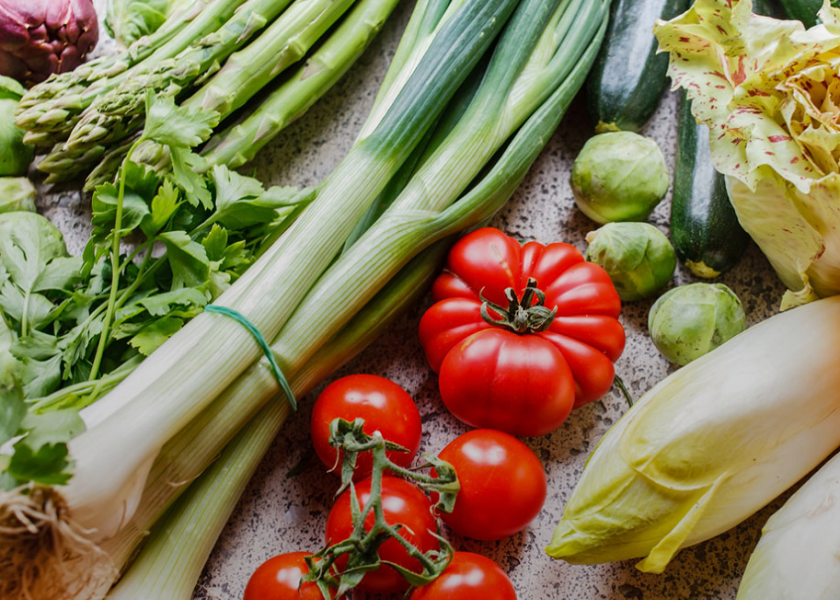New Report Anticipates 13 Food Production Trends of Tomorrow

Over the past year, I’ve had the privilege of working alongside a group of leaders convened by the Association of Equipment Manufacturers (AEM)—a Founding Partner of America’s Conservation Ag Movement—to explore what the future of agriculture might look like. The resulting whitepaper, The Future of Food Production, is now available for free and aligns closely with trends in regenerative agriculture that we’re monitoring here at Trust In Food™.
I highly encourage you to pick up a copy and read it—at 27 pages, it’s got plenty of depth and food for thought (see what I did there?) without being a slog. In fact, it’s downright conversational and contains many compelling and informative hand-drawn illustrations.
Here are just a few of the trends and vignettes from the report that will impact the decision-making of equipment manufacturers, technology companies and other industries helping farmers and ranchers successfully transition to a climate-smart system:
- Trend #1: Produce more with less environmental impact: “The evolution of technology and its increased adoption will be key to meeting production demands.”
- Trend #5: Geographic shifts in production: “Crop production will continue to shift geographically as climate changes and water resources challenge conventional approaches, creating opportunity for farmers to diversify and generate stronger returns.”
- Trend #6: Advanced food traceability helps maintain consumer trust: “…Farmers will embrace the latest innovations in food traceability over the next 10 years, helping to maintain the steadfast trust they have cultivated for decades.”
- Trend #8: Efforts to decarbonize create adjacent economies: “What is certain is that data will become a farmer’s best friend, helping to document the results of their practices, which create tremendous value in a carbon marketplace.”
You’ll have to download the full report if you want to dig into the complete list of 13 trends. The point is this: Food and agriculture face a time of unparalleled change, both in the heft of the systemic issues they’re working through and in the speed at which seismic shifts will likely occur.
It's encouraging, to say the least, that my peers in equipment and technology see these changes coming and are actively looking down the road for trends around which they can build today’s business strategy to meet the needs of producers.
I’ll say it one more time: Go download the The Future of Food Production report right now and tell me what you think at nbirt@farmjournal.com.
None of us knows what the future holds exactly. Goodness knows the past three years have taught us that. Yet the climate is changing. Water resources remain scarce. Drought looms large. Farmers and ranchers go out every day and get the work done—not only for their bottom line, but for the future of their families, their businesses and those of us who eat, wear clothing or fuel up.
It ain’t easy. But someone has to do it. Why not us? Why not you?







